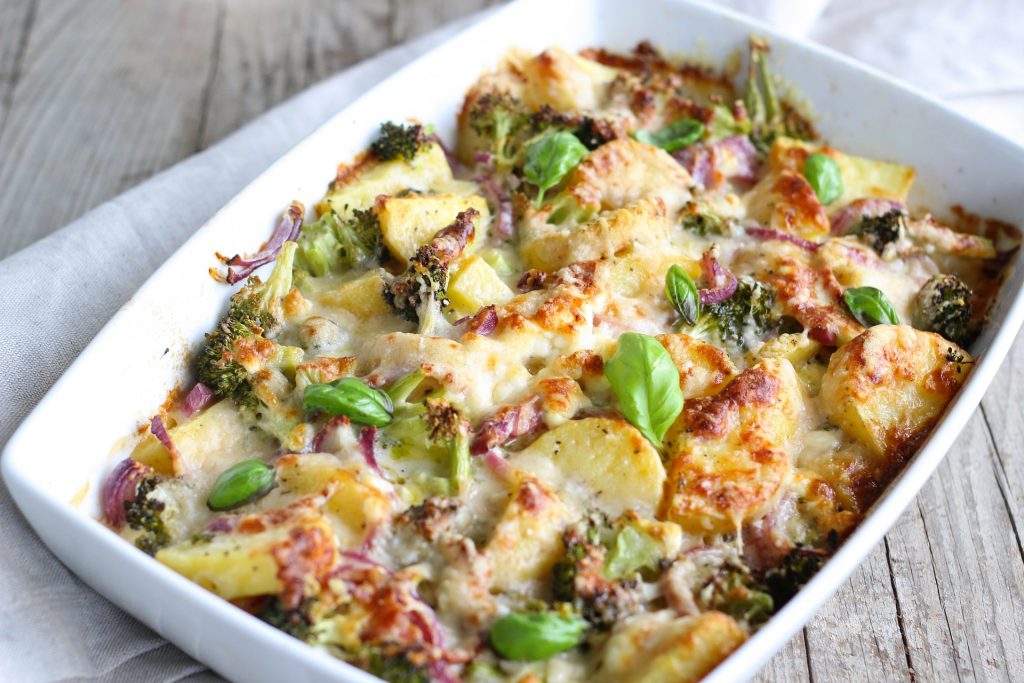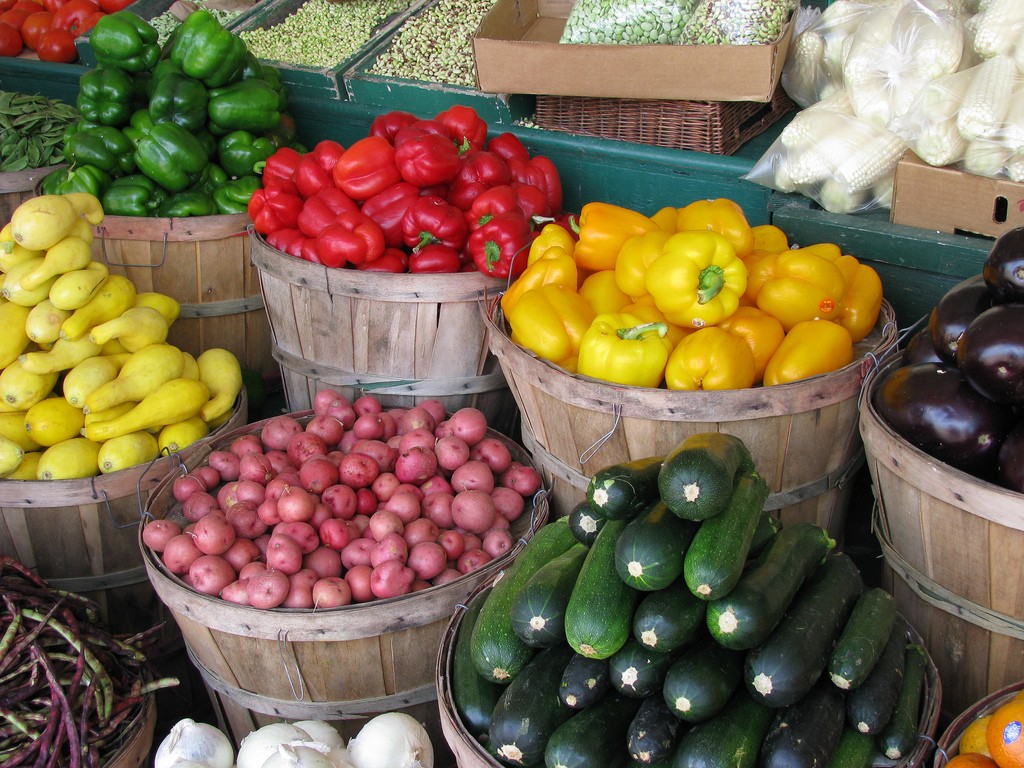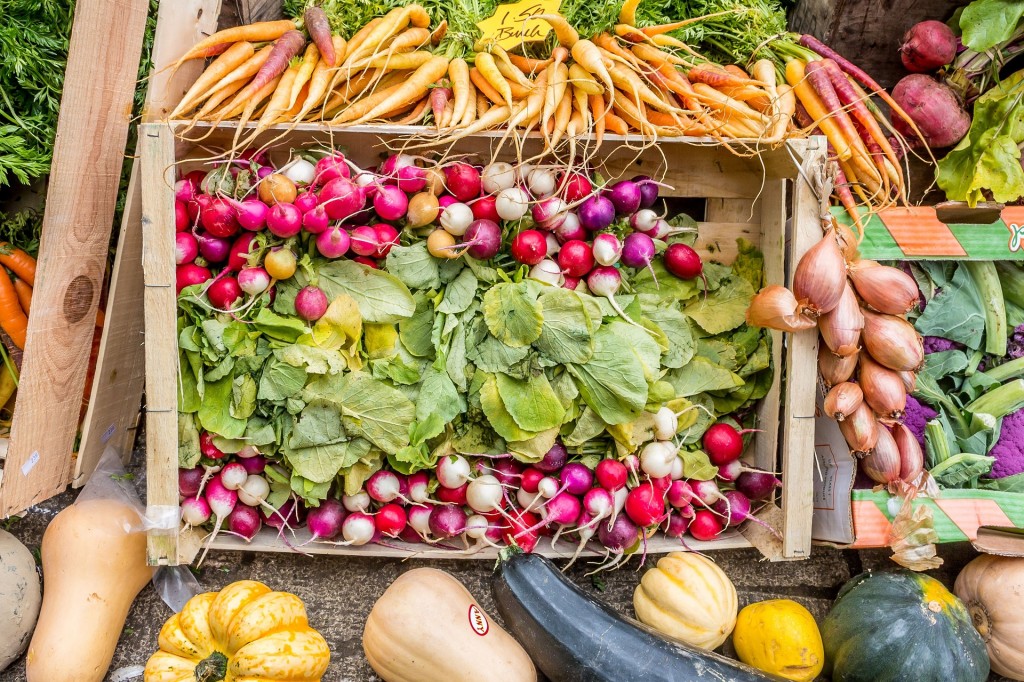Want to enjoy the most healthful food—like local, organic fruits and vegetables—year round? Preserving the bounty you’ve grown yourself or purchased from your local food co-op or farmer’s market makes it possible. And for those who live where the growing season is relatively short, it’s great way to extend the season. Simple food preservation techniques can lock in flavor, help maximize your food dollars, support local agriculture, and give you a chance to really get to know the food you eat and serve to your family.
It’s not just grandma’s pantry
Putting up jewel-toned jars of pickled beets and brandied peaches may be what comes to mind when you think “food preservation,” and canning has become popular across generations, with plenty of unique recipes that appeal to a range palettes. But canning isn’t all there is. Other simple ways to preserve local and seasonal foods include drying, freezing, curing, pickling and even cellaring (yes, putting your food in a root cellar; grandma did know best, didn’t she?)
For beginners, dehydrating and freezing foods are a snap—and no special equipment is required.
Freezing
When it comes to nutritious preserved foods, freezing is second only to fresh foods. While freezing can affect the texture of some foods, most vegetables, fruits, meats, soups, and even herbs can easily be frozen in airtight containers for use all year long. The key is to start with cold foods so that the time it takes for them to freeze is very short. This minimizes ice crystals and preserves the color, texture, and taste of your foods.
Try freezing cold berries or chopped vegetables in a single layer on a baking sheet. Once frozen, transfer to a freezer bag or Mason jar for storage. You’ll be able to pluck a single berry or measure 2 cups worth from the container without defrosting the entire batch.
Fresh herbs, like basil, thyme, mint, and chives, can be snipped into measured teaspoons or tablespoons and frozen in ice-cube trays topped up with water. Stored in a bag in your freezer, they’re recipe-ready almost instantly.
And remember: a full freezer is an efficient freezer, so don’t be shy about filling it up!
Did you know? Nuts, seeds, and whole grains can be stored in the freezer to extend their shelf life and prevent spoilage.
Drying
Dehydrating foods is a simple and easy way to keep vegetables, fruits, and even meats stored away until you are ready to use them. Drying preserves foods by taking all the moisture away; without moisture, bacteria cannot grow and your foods stay delicious for months—even years. While there are plenty of dehydrators available, many recipes are possible using a regular home oven.
Fresh herbs can be dried in a microwave or just hanging from your ceiling! The best thing about drying is that it uses very little energy, and the preserved foods are lightweight—easy to store and transport (perfect for camping!).
Did you know? Dipping fruit slices in pineapple or citrus juice before drying can preserve their color and prevent browning. It’s delicious, too!
Canning
Home cooks have been preserving food in jars for centuries, and these days we have plenty of resources to do so safely and with confidence. Canning does require some special equipment, available at many co-ops and hardware stores, and recipes designed and tested for safety. After the initial investment in jars, a canner, and a few accessories, the expenses are minimal and the results can be phenomenal. Canned goods go far beyond the usual tomatoes and green beans. Modern canning recipes allow you to create unique and memorable foods for gifting or for enjoying yourself.
Did you know? Home-canned goods should be used within a year for optimal quality, but are safe for much longer, as long as safe canning methods were used.
Fermenting
Fermentation brings us some of our favorite foods: cheese, yogurt, beer, wine, pickles, and even chocolate. Nearly every culture in the world makes use of the natural preservative effects of fermentation. Fermentation works by transforming the natural sugars in foods into tart and flavorful foods that tend to resist spoilage at cool temperatures.
Fermentation is made possible by the action of beneficial bacteria— the same bacteria that keep our immune and digestive systems healthy. So fermented foods are not only practical, they also deliver a healthy dose of probiotics. Another benefit of fermentation is that no special equipment is required. You can get started with as little as a knife, a cabbage, and some sea salt, and couple of weeks later you’ll be enjoying sauerkraut!
Did you know? Every ferment is unique because of the bacteria and yeasts that are naturally present in the air and foods in that region. The same recipe can taste different across the globe!
Want to give food preservation it a try?
Check out these recipes for Freezer Pesto and Oven-Dried Tomatoes from Liz McMann of National Co+op Grocers.
Want to learn more?
The Canning Across America and National Center for Home Food Preservation websites contain a wealth of information. Also, your local agricultural extension agent and neighborhood co-op are good sources for written information and classes to help you can, cure, freeze, pickle and dry this season’s abundance.
References
- The Ball Complete Book of Home Food Preserving Judi Kingry and Lauren Devine, Robert Rose, 2006
- Wild Fermentation: The Flavor, Nutrition and Craft of Live-Culture Foods Sandor Ellix Katz, Chelsea Green Publishing, 2003
- The Big Book of Preserving the Harvest: 150 Recipes for Freezing, Canning, Drying and Pickling Fruits and Vegetables Carol W. Costenbader, Storey Publishing, 2002
- The Joy of Pickling: 250 Flavor-Packed Recipes for Vegetables and More from Garden or Market (Revised Edition) Linda Ziedrich, Harvard Common Press, 2009
Republished with permission from strongertogether.coop.





